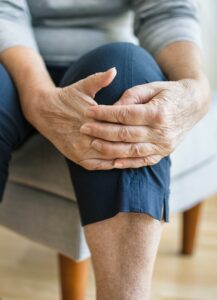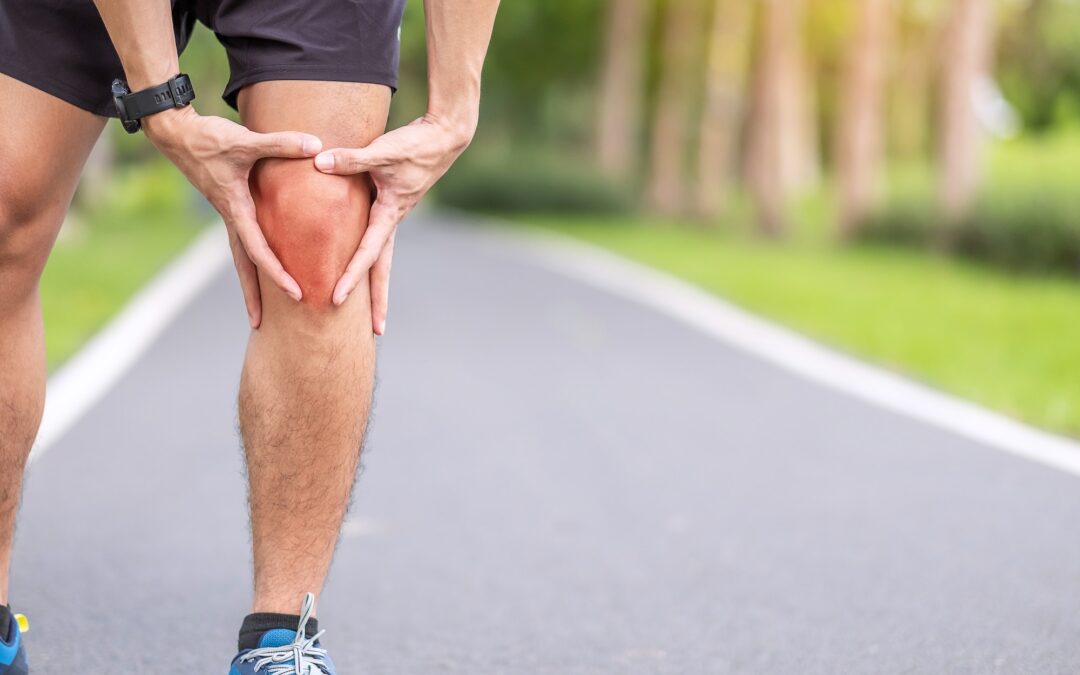Can leg pain be a sign of a serious heart issue? Learn about the connection between aching legs and heart disease.
Leg pain is a common symptom that can be due to a variety of reasons such as cramps or chronic arthritis. Even though the root of the problem is usually in your leg itself, sometimes leg pain can be a sign of a bigger health issue.
For example, people with a high risk of heart disease may experience leg pain as a result of peripheral artery disease (PAD). The following is an overview of the connection between aching legs and heart disease.
Heart Disease and Leg Pain
 There are a couple of ways heart conditions can lead to leg pain. Some conditions that can cause leg pain include congestive heart failure, venous thromboembolism (VTE), and PAD.
There are a couple of ways heart conditions can lead to leg pain. Some conditions that can cause leg pain include congestive heart failure, venous thromboembolism (VTE), and PAD.
For instance, people with PAD have narrow blood vessels and plaque buildup. As a result, they experience poor blood flow, which means their tissues are deprived of oxygen, which causes pain. PAD is also the most common of these conditions, affecting about 6.5 million Americans ages 40 and older, and it often goes undiagnosed.
Furthermore, both PAD and coronary artery disease (CAD) are caused by atherosclerosis, which is the narrowing of arteries due to plaque buildup. Even though not everyone with PAD has severe CAD, it does increase your risk of heart attack and stroke. Risk factors for PAD include diabetes, obesity, smoking, hypertension, family history of heart disease or stroke, and being 50 or older.
Symptoms of Heart Disease in the Leg
While leg pain is common, it shouldn’t last too long and you should be able to trace it back to an activity or injury. If you feel pain out of nowhere, it becomes constant, and it worsens when you use it, then something is wrong. Moreover, pain in your legs and chest should be cause for alarm, as this can mean your heart is not getting enough circulation and you may experience a heart attack.
Symptoms of PAD include aching legs, cramping, fatigue, and pain, and they will usually subside when you’re resting. The condition can also cause muscle weakness, muscle loss, nonhealing ulcers in the legs or feet, toes that are cold to the touch, and more. Because there is not enough blood flowing through your legs, healing and temperature are affected.
Preventing Heart Disease
 Practicing healthy habits like regular exercise, not smoking, eating a balanced diet, and regularly checking your blood pressure will help reduce your risk of PAD. While most leg pain doesn’t happen as a result of heart disease, it’s always a good idea to check with your doctor – especially if you have other symptoms.
Practicing healthy habits like regular exercise, not smoking, eating a balanced diet, and regularly checking your blood pressure will help reduce your risk of PAD. While most leg pain doesn’t happen as a result of heart disease, it’s always a good idea to check with your doctor – especially if you have other symptoms.
Taking care of your heart health by leading a healthy lifestyle is important, and sometimes you need an extra boost. Circulation Boost can help promote your circulation, energy levels, nutrient and oxygen delivery, muscle development, recovery and healing, immune health, and pain and numbness reduction. Give your heart the support it deserves by practicing healthy habits and taking Circulation Boost.

